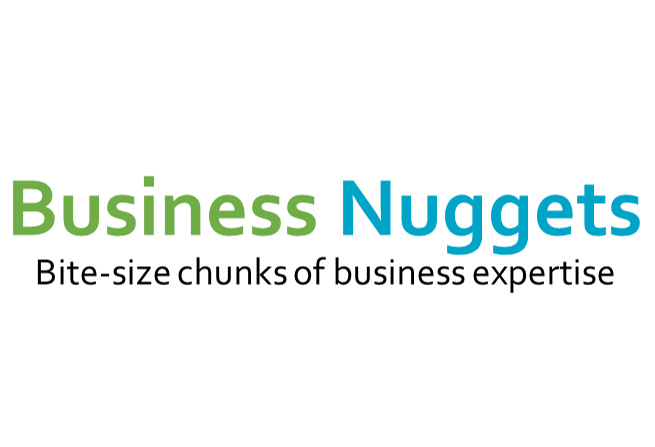
Accessing debt finance is a means of borrowing money for a set period of time to help a business realise their plans.
Companies receive a loan against a set criterion and for a specific purpose. Asset and cash flow based loans are two of those examples.
Asset-Based
Asset-based loans are secured against a company or an individual’s specific assets. Just like a mortgage on a house.
Purpose
To acquire or refinance new or used physical assets.
Amount
The loan amount will be a percentage of the asset value.
Rate
Interest rates are mainly based on LTV %. Asset-based loans tend to be cheaper than cashflow loans because there is something physical to be sold or collected in the event of default.
Cashflow
Cashflow loans made by a bank or alternative lender who rely on the expected cash flows that a borrowing company will generate as collateral for the loan.
Purpose
Cashflow loans are for funding organic growth e.g new people, new products and markets, sales and marketing, innovation & business acquisitions.
Amount
The amount a lender will advance will generally be a multiple of what they consider to be your sustainable cash generation. It maybe expressed as X times EBITDA.
Cost
Cashflow loans are risky. They are not directly secured and are usually taken out to fund riskier activity i.e growth and acquisition. As a rule, this means they are more expensive than Asset-based loans.
Choice
Both Asset-based and Cash flow loans are available from banks and alternative lenders. As a rule, banks lend less, but are cheaper.
Which is better? If you don’t have assets for security, Cashflow is the way to go. If you can offer good security, you have a choice, asset-based is likely to cost less.






